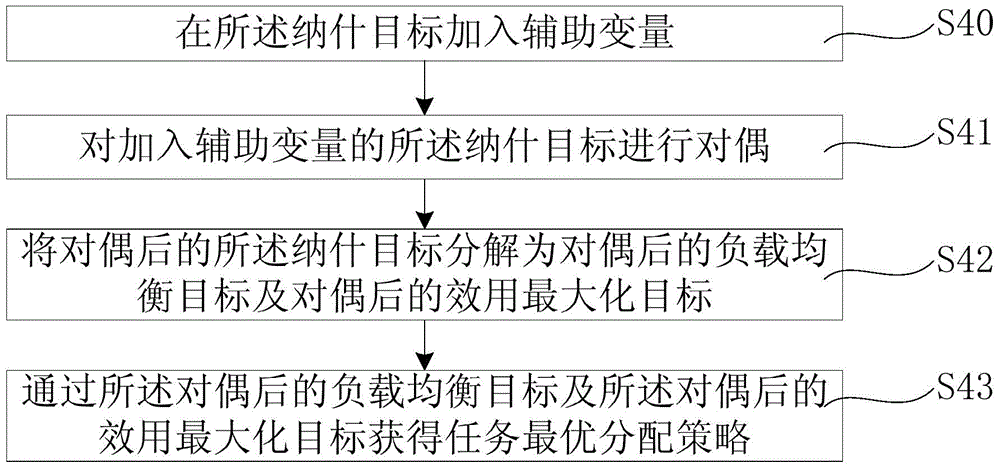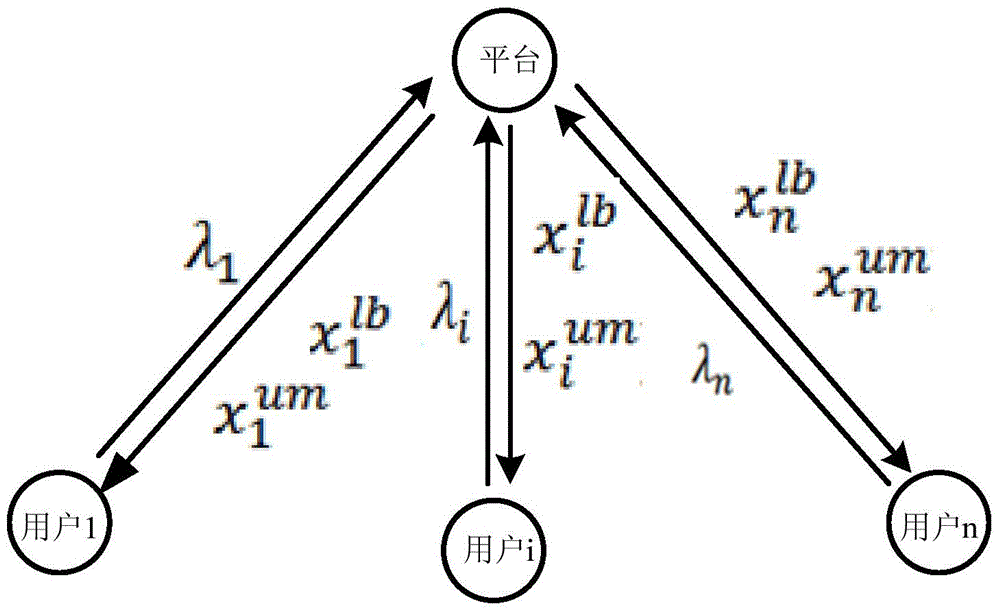Task optimum allocation method in participatory sensing system
An optimal allocation and perception system technology, applied in the field of communication, can solve problems such as the allocation of tasks that cannot be optimized
- Summary
- Abstract
- Description
- Claims
- Application Information
AI Technical Summary
Problems solved by technology
Method used
Image
Examples
Embodiment Construction
[0039] The method for optimal assignment of tasks in the participatory sensing system proposed by the present invention will be further described in detail below in conjunction with the accompanying drawings and specific embodiments. Advantages and features of the present invention will be apparent from the following description and claims. It should be noted that all the drawings are in a very simplified form and use imprecise scales, and are only used to facilitate and clearly assist the purpose of illustrating the embodiments of the present invention.
[0040] Please refer to figure 1 , which is a flowchart of a method for optimal assignment of tasks in a participatory sensing system in an embodiment of the present invention, wherein the participatory sensing system includes a platform and multiple users establishing communication with the platform, such as figure 1 As shown, the method for optimal assignment of tasks in the described participatory perception system includ...
PUM
 Login to View More
Login to View More Abstract
Description
Claims
Application Information
 Login to View More
Login to View More - R&D Engineer
- R&D Manager
- IP Professional
- Industry Leading Data Capabilities
- Powerful AI technology
- Patent DNA Extraction
Browse by: Latest US Patents, China's latest patents, Technical Efficacy Thesaurus, Application Domain, Technology Topic, Popular Technical Reports.
© 2024 PatSnap. All rights reserved.Legal|Privacy policy|Modern Slavery Act Transparency Statement|Sitemap|About US| Contact US: help@patsnap.com










